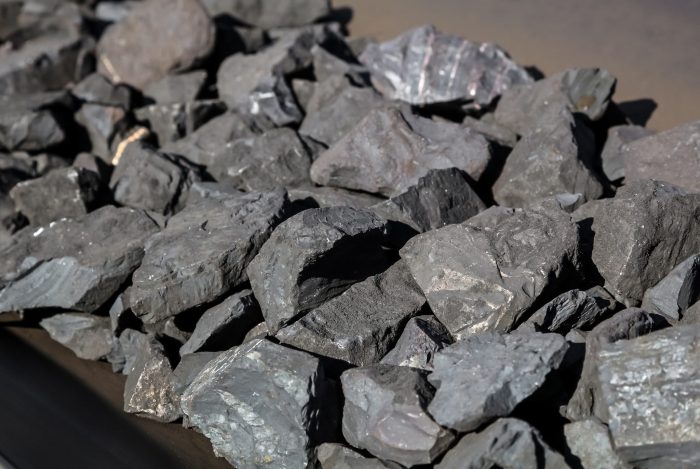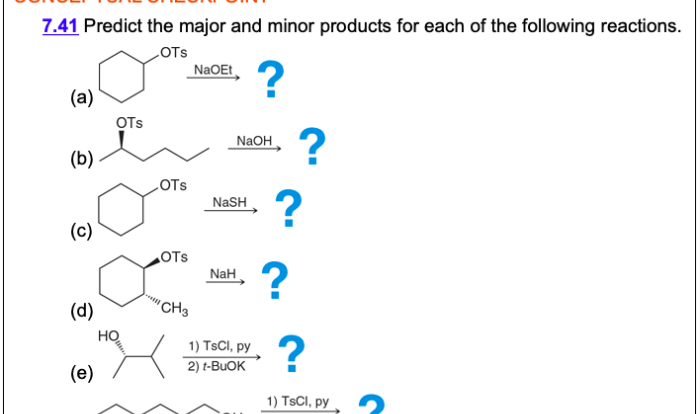I am a transition metal with 25 electrons – I am manganese, a transition metal with 25 electrons, and I possess a unique set of properties that make me essential in various industries. Join me as we delve into the fascinating world of transition metals, exploring my electron configuration, physical and chemical characteristics, and diverse applications.
My electron configuration, governed by the Aufbau principle, places me in Group 7 of the periodic table. With a versatile oxidation state ranging from +2 to +7, I exhibit exceptional reactivity and form stable coordination complexes.
Atomic Structure
The transition metal with 25 electrons has an atomic number of 25, which corresponds to the element manganese (Mn). The electron configuration of manganese can be determined using the Aufbau principle, which states that electrons fill atomic orbitals in order of increasing energy.
According to the Aufbau principle, the 25 electrons of manganese are distributed as follows:
- 1s 2
- 2s 2
- 2p 6
- 3s 2
- 3p 6
- 3d 5
- 4s 2
The orbital diagram of manganese’s electron configuration is:

Physical and Chemical Properties

Manganese is a hard, brittle metal with a silvery-white appearance. It has a melting point of 1246 °C, a boiling point of 2066 °C, and a density of 7.44 g/cm 3.
Manganese is a reactive metal and can react with a variety of elements, including oxygen, hydrogen, and chlorine. It is also a good catalyst and can be used to speed up chemical reactions.
Manganese has several oxidation states, including +2, +3, +4, and +7. The most common oxidation states are +2 and +4.
Manganese is a transition metal and has properties that are similar to other transition metals. For example, it is a good conductor of electricity and heat, and it can be magnetic.
Occurrence and Applications

Manganese is the 12th most abundant element in the Earth’s crust. It is found in a variety of minerals, including pyrolusite (MnO 2), manganite (MnOOH), and rhodochrosite (MnCO 3).
Manganese is used in a variety of applications, including:
- Steel production: Manganese is added to steel to make it stronger and more resistant to corrosion.
- Batteries: Manganese is used in the cathodes of alkaline batteries.
- Fertilizers: Manganese is an essential nutrient for plants and is used in fertilizers to promote growth.
- Electronics: Manganese is used in some electronic devices, such as capacitors and resistors.
Health and Environmental Impact

Manganese is an essential nutrient for humans, but exposure to high levels of manganese can be harmful.
Exposure to high levels of manganese can cause a variety of health effects, including:
- Neurological disorders, such as Parkinson’s disease
- Respiratory problems
- Cardiovascular problems
Manganese can also be harmful to the environment. Mining and processing manganese can release manganese into the environment, which can contaminate water and soil.
Guidelines for the safe handling and disposal of manganese include:
- Wearing protective clothing and equipment when handling manganese
- Storing manganese in a well-ventilated area
- Disposing of manganese waste properly
History and Discovery
Manganese was first discovered in 1774 by the Swedish chemist Johan Gottlieb Gahn. Gahn isolated manganese from the mineral pyrolusite.
In the 19th century, manganese was used in the production of steel. In the 20th century, manganese was used in the development of batteries and electronics.
Manganese has played an important role in technological advancements, and it continues to be used in a variety of applications today.
Popular Questions: I Am A Transition Metal With 25 Electrons
What is my atomic number?
25
What is my melting point?
1246 °C (2275 °F)
What is my most common oxidation state?
+2
